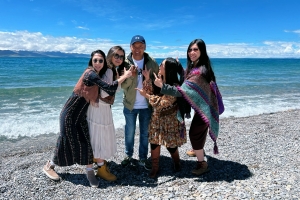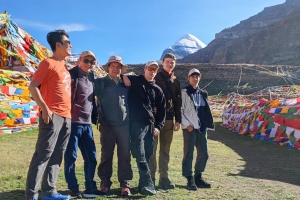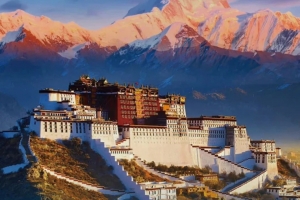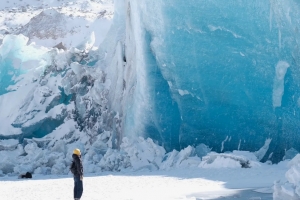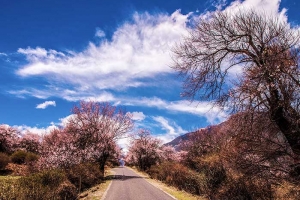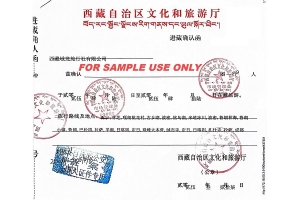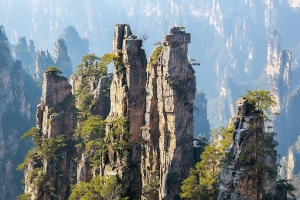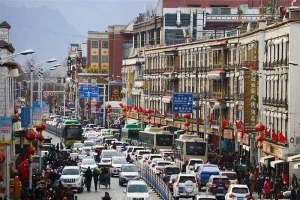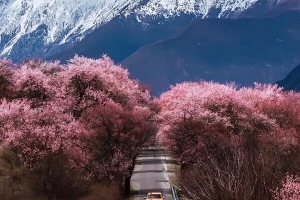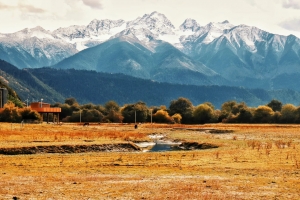Tibet holds an allure unmatched by any other region in Asia. Its sprawling highlands and towering peaks are not only natural wonders but spiritual beacons. For millennia, pilgrims, poets, and mountaineers have looked to Tibet’s mountains not merely as geological features but as sacred beings—guardians of ancient wisdom, thresholds between earth and heaven.
Whether you’re a cultural enthusiast, seasoned trekker, or spiritual seeker, Tibet’s mountains promise a journey that transcends the physical. This guide explores the most iconic and viewed mountains in the region, offering practical insight, cultural context, and ethical travel tips.
Mount Kailash – The Sacred Axis of the World
No mountain in Tibet commands the reverence that Mount Kailash does. Towering at 6,638 metres, this strikingly symmetrical peak in western Tibet is considered sacred by four religions: Hinduism, Buddhism, Jainism, and the Bön faith. Remarkably, it has never been summited—by choice. Climbing is forbidden out of respect for its sanctity.
Instead, the pilgrimage involves a 52-kilometre circumambulation (kora) around the base, typically taking two to three days. Each step is believed to purge lifetimes of karmic burden. The trail crosses the 5,630-metre Drolma La Pass, a high-altitude challenge demanding acclimatisation and mental fortitude.
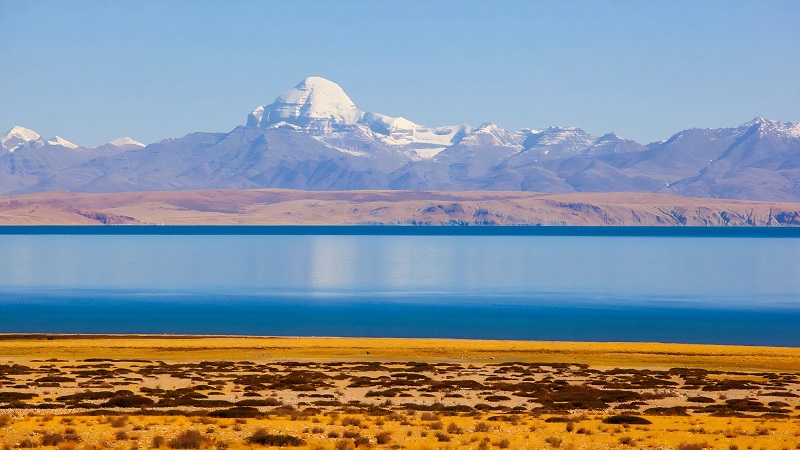
Mount Kailash
Travel Tips:
-
Access is via Ali (Ngari) Prefecture, usually reached by flight from Lhasa or an overland trip from Nepal.
-
Foreigners need a Tibet Travel Permit and often a Military Permit for western Tibet. Group travel is mandatory.
-
Best visiting period: May to mid-October. The Saga Dawa Festival (around May–June) is a popular time for pilgrimage.
Mount Everest (Chomolungma) – The Goddess Mother of the World
The northern face of Mount Everest, or Chomolungma in Tibetan, is visible from Tibet’s Rongbuk Valley. At 8,848.86 metres, Everest’s staggering scale needs no introduction. But from the Tibetan side, the experience is quieter, more remote, and arguably more majestic than the crowded southern base camp in Nepal.
The North Base Camp (5,150 metres) can be reached by road from Lhasa, passing through picturesque towns like Shigatse and Tingri. Rongbuk Monastery, nestled nearby, offers one of the most dramatic views of Everest anywhere in the world.
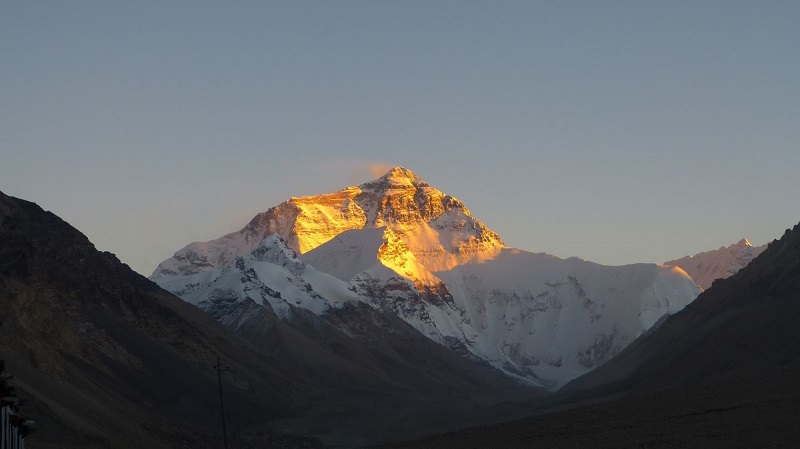
Mount Everest
Travel Tips:
-
Everest Base Camp is open to foreigners, though camping beyond the checkpoint requires additional permits.
-
Views are clearest from April to June and September to October.
-
Bring high-altitude gear and be prepared for thin air, even without strenuous trekking.
Namcha Barwa – The Hidden Giant
In eastern Tibet near Nyingchi, Namcha Barwa (7,782 metres) is a stunning, rarely-seen monolith. Nicknamed the “Shy Mountain,” it hides behind thick cloud cover and reveals itself only to the patient and the lucky.
Namcha Barwa lies near the Great Bend of the Yarlung Tsangpo River, a remote gorge that rivals the Grand Canyon in depth and grandeur. Its isolation makes it less visited than Everest or Kailash, but it is beloved among nature photographers and wilderness lovers.
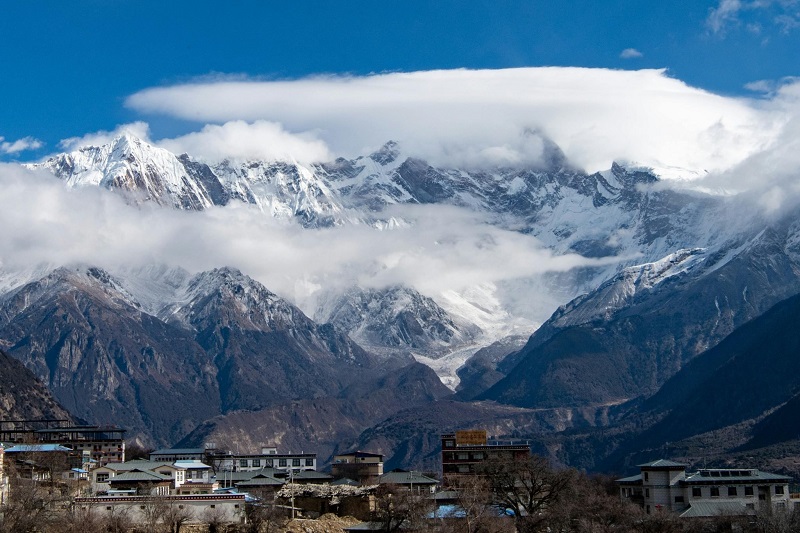
Mount Namcha Barwa
Travel Tips:
-
Fly into Nyingchi Mainling Airport from Lhasa or Chengdu.
-
The region is relatively low by Tibetan standards, with lush forests and a milder climate.
-
Permits are still required, but access is less restricted than Ngari.
Mount Nyenchen Tanglha – The Guardian of Lhasa
Overlooking the capital city and flanking the serene Lake Namtso, Nyenchen Tanglha (7,162 metres) is one of Tibet’s most photogenic ranges. It’s also spiritually significant as a protector deity of the region.
Travellers often make a day trip or overnight visit to Lake Namtso (approx. 4,718 metres) to witness the ethereal reflections of snow-capped peaks upon turquoise waters. The juxtaposition of barren, windswept plateaus and glacial mountain peaks makes for truly unforgettable scenery.
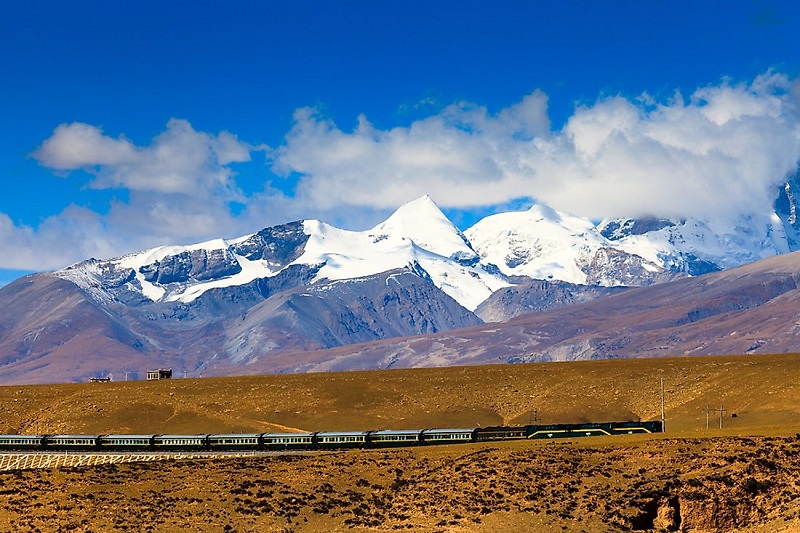
Mount Nyenchen Tanglha
Travel Tips:
-
Reachable by car from Lhasa in 5–6 hours.
-
Accommodation is available in simple guesthouses near Tashi Dor Island.
-
Best time: May to September, before snow blocks the mountain passes.
Mount Shishapangma – Tibet’s Own 8,000-Metre Summit
At 8,027 metres, Mount Shishapangma holds the distinction of being the only 8,000-metre peak located entirely within Tibet. Though lesser-known than Everest, it is highly respected among mountaineers.
The name means “Crest above the Grassy Plains,” reflecting its location amidst rolling uplands near Langtang National Park. While technical climbs are restricted, travellers can enjoy views from the Shigatse region or embark on trekking tours with local guides.
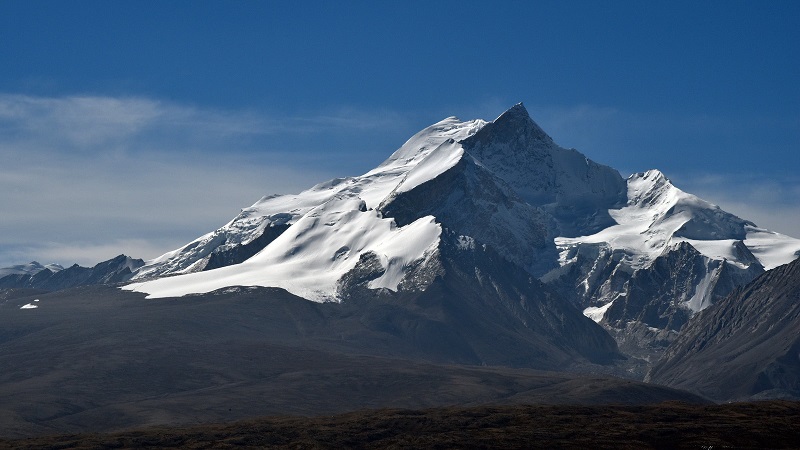
Mount Shishapangma
Travel Tips:
-
Access is via Shigatse and then overland travel towards the Langtang border area.
-
Trekking near the mountain requires an organised tour with permits.
-
Less crowded, ideal for those seeking solitude and remoteness.
Cultural and Ethical Considerations
Travelling in Tibet requires not only logistical preparation but also cultural sensitivity. The mountains are not just scenery—they are living embodiments of spirit and story.
-
Respect local customs: Do not climb or touch sacred peaks. Always walk clockwise during koras unless instructed otherwise (Bön tradition is counter-clockwise).
-
Support local economies: Choose Tibetan-run lodges and guides whenever possible.
-
Leave no trace: The highlands are fragile ecosystems; take your rubbish with you.
-
Permit regulations: Travel must be arranged through authorised agencies. Independent travel for foreigners is restricted.
Tibet’s mountains are more than postcard-perfect summits. They are narratives in stone, revered by generations, and treasured by those who understand their silence. Foreign travellers who tread respectfully and with curiosity will not only behold some of the world’s most stunning landscapes but also participate in a cultural legacy stretching back thousands of years.
Prepare wisely, travel gently, and let the high winds of Tibet whisper stories you’ll carry for a lifetime.

